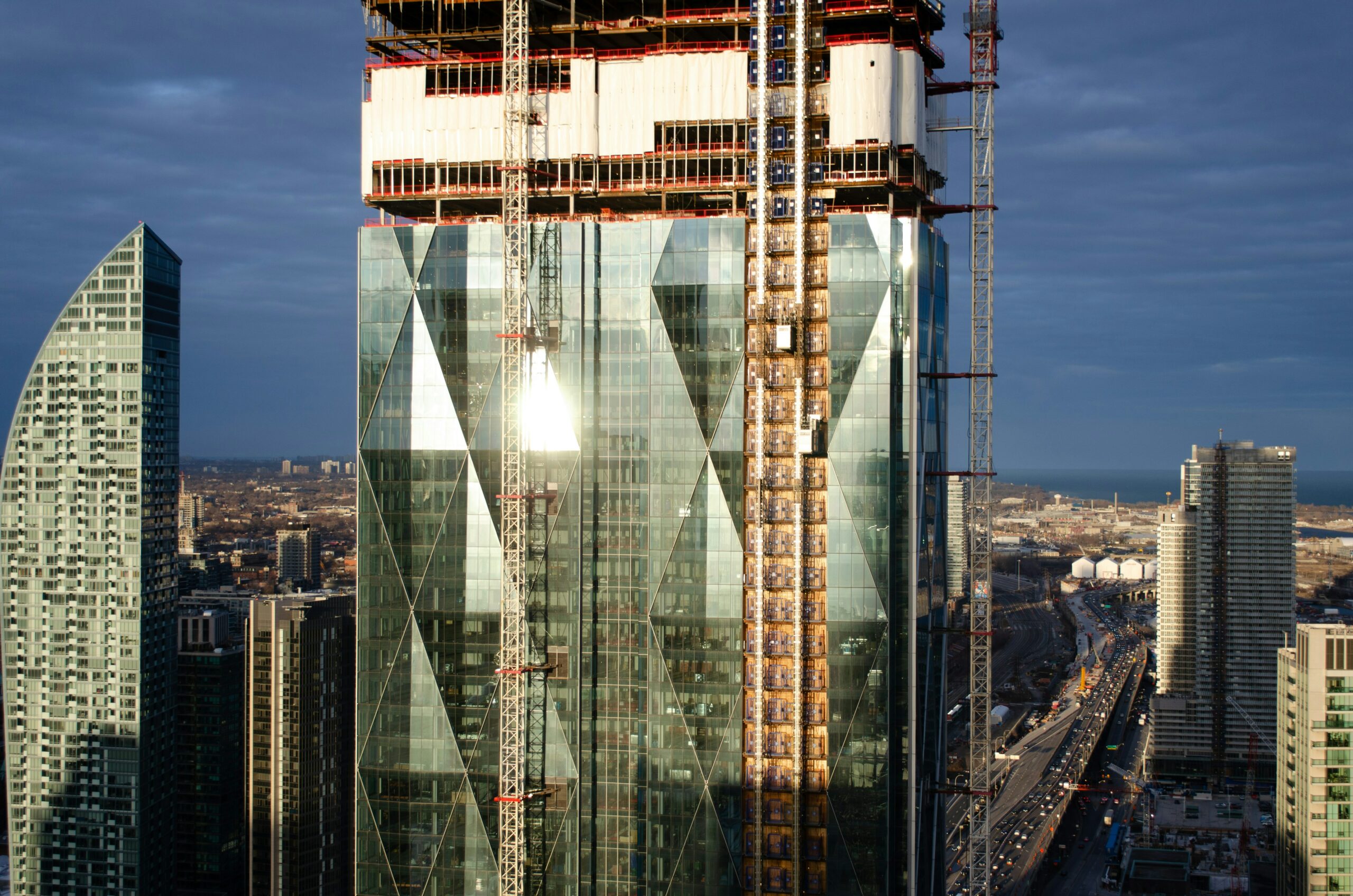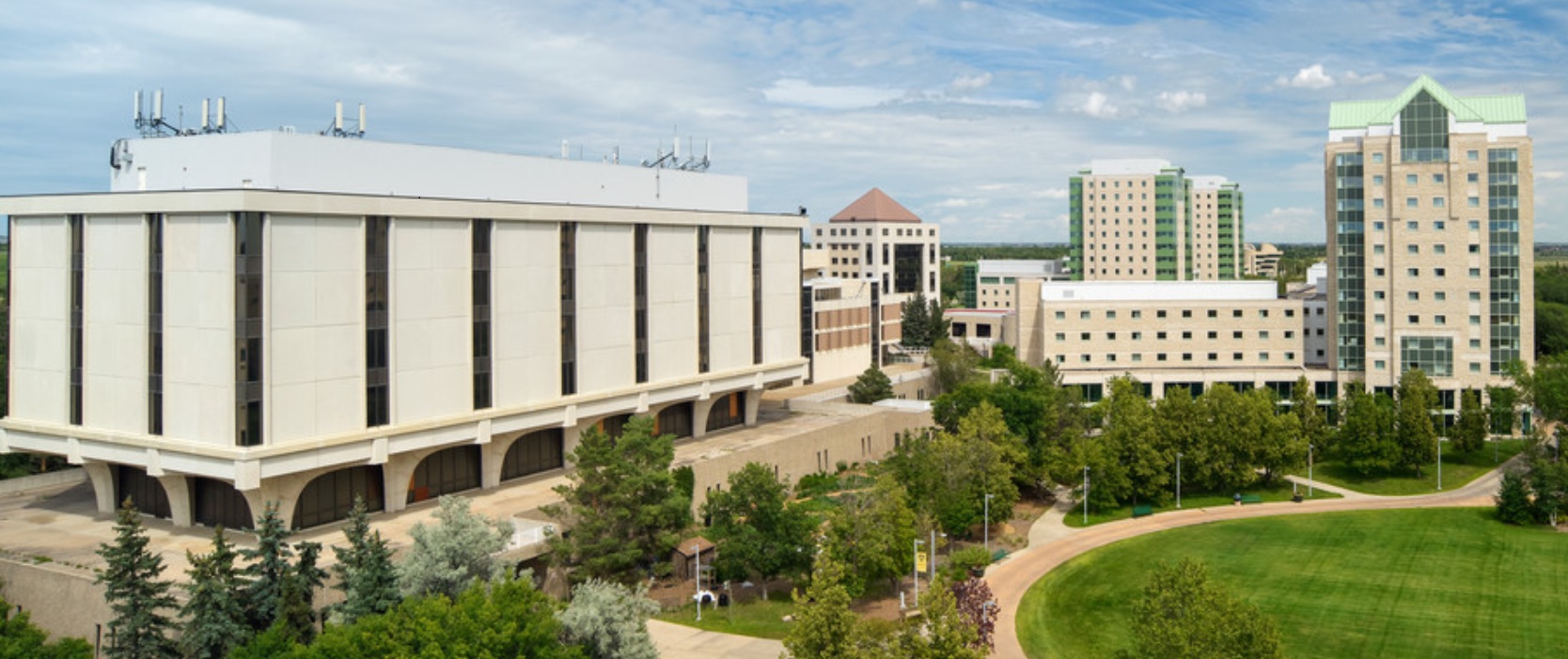Insider Brief:
- Canada Infrastructure Bank will work with Scotiabank to commit C$100 million in building retrofits across the country.
- Each project has undergone rigorous technical due diligence to ensure it will both be able to complete the retrofit within the funds provided, as well as meet its emissions-lowering targets.
- CIB is aiming to reduce building emissions by 30% nationwide.
Earlier this month, Canada Infrastructure Bank announced it would work with Scotiabank to advance building retrofits across the country, and committing C$100 million to attaining this goal.

The program aims to accelerate energy-efficient upgrades in commercial, industrial, office, and multi-residential buildings, and reduce annual emissions by a minimum of 30% across the board. This latest agreement is part of a C$1.2 billion investment in retrofitting buildings nationwide.
Canada Infrastructure Bank will provide the funding, while Scotiabank will manage the project, CIB Senior Director of Investments Greg Balycky told Climate Insider.
The CIB currently has three separate streams to improve energy efficiency across the building sector, he said. One stream provides financing directly to property owners with portfolios of buildings.
Another stream finances building retrofits via aggregates of service providers who undertake retrofits, while the third stream is focused on building partnerships with financial institutions.
This project also fits squarely within Scotiabank’s climate commitments, where they will provide lending, financing, and advisory services, in addition to making direct expenditures in communities to reduce the impacts of climate change.
“We’re providing a lending tranche that enables Scotia Bank’s client base to benefit,” Balycky said. “[These funds] will be in addition to what they have in mortgage financing with Scotia. We’re enabling and encouraging property owners to pursue deep energy retrofits.”
Scotia will use the platform it has in place to administer loans and manage repayment processes to oversee the retrofitting project, he added.
The ultimate impact will be measured via third-party validation and verification, to ensure the project attains its 30% cut in buildings emissions, Balycky said.
Private sector has huge role to play in lowering building emissions
There is a tremendous opportunity in the market right now to implement these retrofits, Balycky said.
“The majority of buildings in Canada right now will still be standing in the next 25 years,” he said.
“Ultimately, the capital that we [the CIB] is putting into the market is to incentivize and catalyse the market towards deeper retrofits.”
The CIB’s goal is to have retrofitted buildings be considered as a distinct asset class, and that there will be more familiarity with the value of energy-retrofitted buildings.
The CIB and Scotiabank have implemented a detailed selection process to ensure that there will be no unexpected cost overruns, even with retrofits – which have a reputation for costing more than anticipated.
“We’re very transparent about our lending parameters that we can provide to make our projects work,” Balycky said. “We have flexible financing structures in place to allow building owners to overcome barriers and hurdles which are potentially preventing them from moving forward.”
The banks have also undertaken a rigorous technical due diligence on all potential projects, to determine that the scope of work, budget, and timeline are all realistic.
Previous projects and future plans
The CIB has undertaken similar projects with other banks, notably the Bank of Montreal. It has also embarked on building retrofit projects with service providers such as Efficiency Capital.
The retrofit initiative was launched in 2021, with an eye to dispensing a total of C$2 billion.
“We’ve been working towards that allocation of funds, with existing commitments in place as well as our existing pipeline,” Balycky said. “We expect to achieve that target.”







